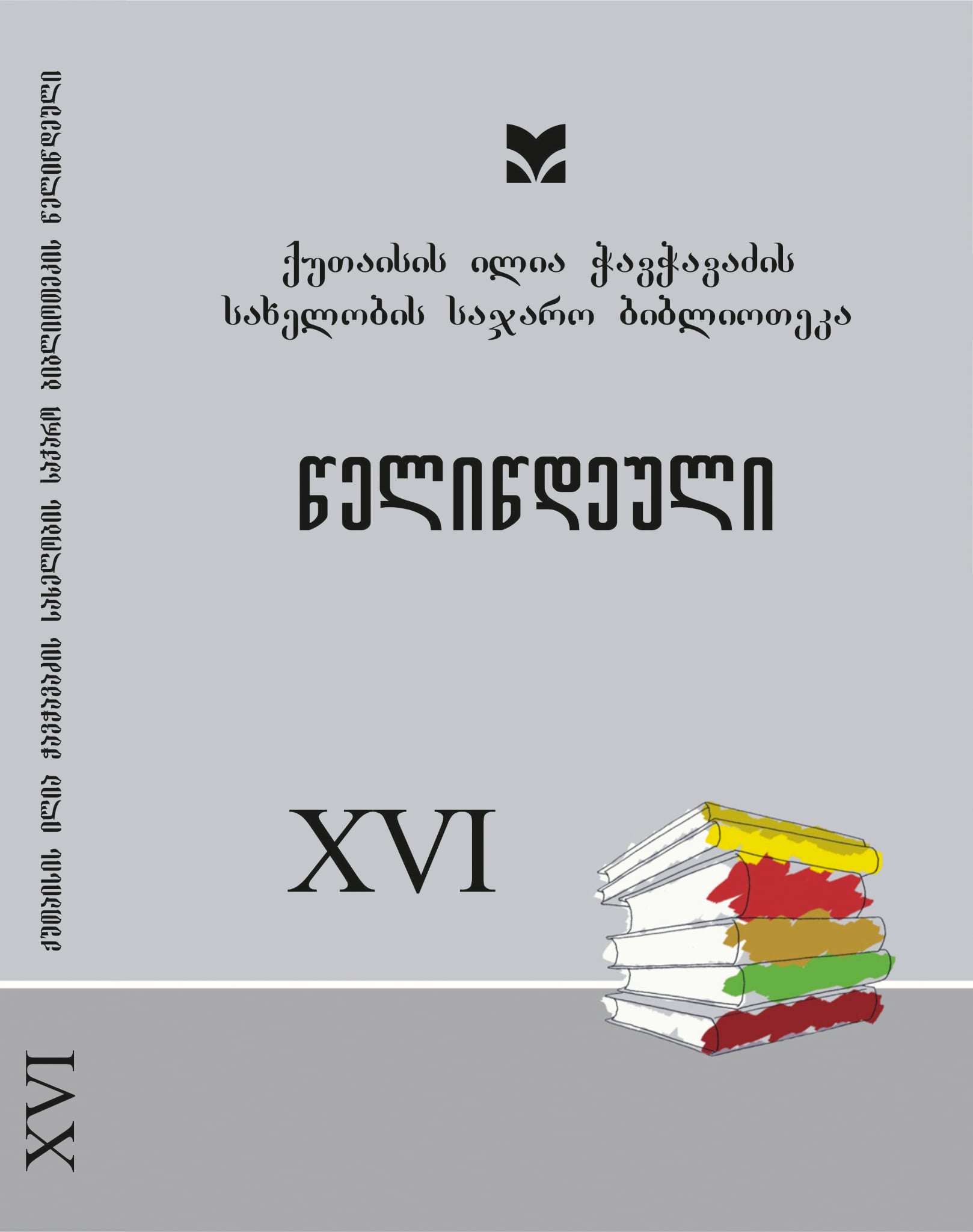Carla Serena’s Journey to Guria
DOI:
https://doi.org/10.61491/yk.16.2024.9379Keywords:
European travelers in Georgia, Carla Serena about GuriaAbstract
In the nineteenth century, the Caucasus became comparatively safer for travel, which prompted numerous foreign scholars to undertake journeys to Georgia. Their objective was to investigate the country’s natural and geographical conditions, the socio-economic circumstances of its population, its industrial potential, as well as its cultural milieu. These visits were undertaken not merely for the fulfillment of personal interests, but also in the execution of assignments commissioned by their respective states. At that time, Georgia remained virtually unknown to Europe, and consequently many of these journeys were of a predominantly introductory and exploratory character.
European travelers convey the circumstances of the time with varying degrees of accuracy. They recount not only what they themselves observed, but also frequently cite the accounts of others, or rely on earlier sources - most often the notes of Guldenstädt and Montpereux-which themselves often contain inaccuracies. For this reason, great caution is required when examining such sources. Foreign travelers
frequently exhibit a pan-European bias: they view reality through the lens of the society to which they belong and often act as agents of the political agendas of the states that dispatched them to travel and to investigate local conditions. Thus, the testimonies of foreign travelers constitute an important primary source, but only when approached with rigorous critical scrutiny.
In 2024, my book Kutaisi and Imereti in the Accounts of Nineteenth-Century European Travelers was published. Among the twenty-two European travelers discussed in this work is the little-known and enigmatic figure Carlo Serena, who published eleven extensive articles on Georgia in the renowned French journal Le Tour du Monde between 1880 and 1884. In the 1880 issue appeared his account of travels in Imereti; in 1881, his impressions of Samegrelo; in 1882, his journeys through Samurzaqano and Abkhazia, followed by Kakheti; and finally, in 1884, his article describing travels in Guria, Gori, Borjomi, and Akhaltsikhe. The latter contains highly valuable information on Guria, which, through the present study, is introduced here for the first time to the Georgian readership.




